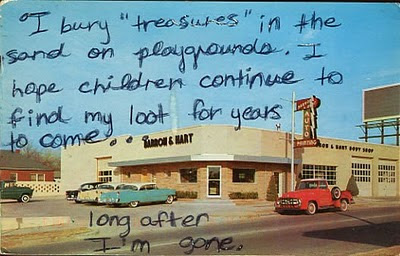"'For behold,
I create new heavens
and a new earth,
and the former things shall not be remembered
or come into mind.
But be glad and rejoice forever
in that which I create;
for behold,
I create Jerusalem to be a joy,
and her people to be a gladness.
I will rejoice in Jerusalem
and be glad in my people;
no more shall be heard in it the sound of weeping
and the cry of distress.
No more shall there be in it
an infant who lives but a few days,
or an old man who does not fill out his days,
for
the young man shall die a hundred years old,
an
d the sinner a hundred years old shall be accursed.
They shall build houses and inhabit them;
they shall plant vineyards and eat their fruit.
They shall not build and another inhabit;
they shall not plant and another eat;
for like the days of a tree shall the days of my people be,
and my chosen shall long enjoy
the work of their hands.
They shall not labor in vain
or bear children for calamity,
for they shall be the offspring of the blessed of the Lord,
and their descendants with them.
Before they call I will answer;
while they are yet speaking I will hear.
The wolf and the lamb shall graze together;
the lion shall eat straw like the ox,
and dust shall be the serpent’s food.
They shall not hurt or destroy
in all my holy mountain,'
says the Lord."
Isaiah 65














































